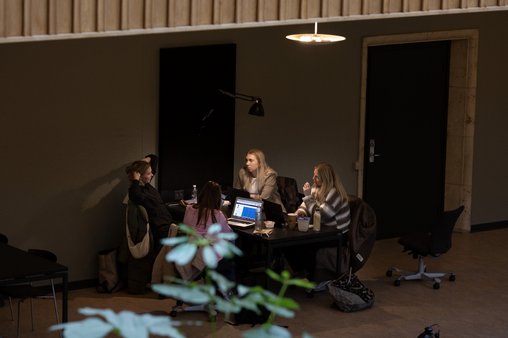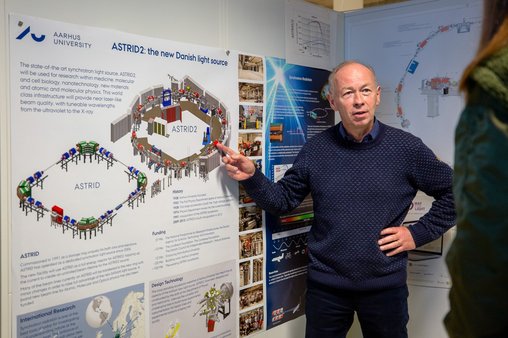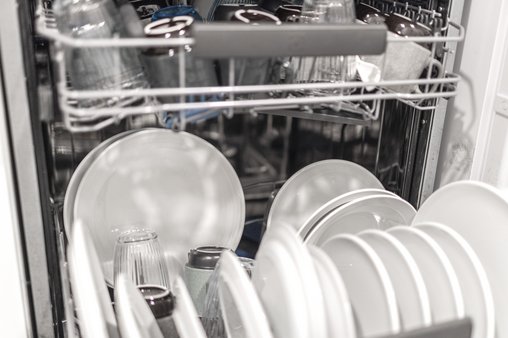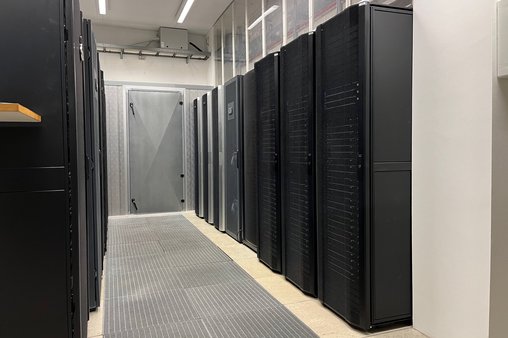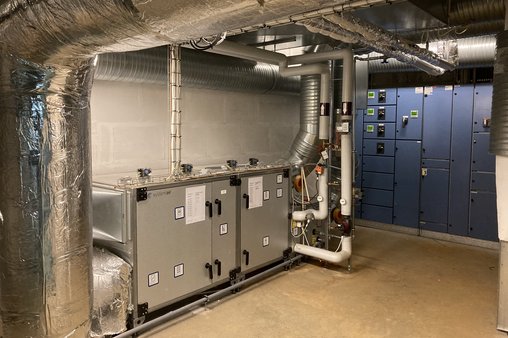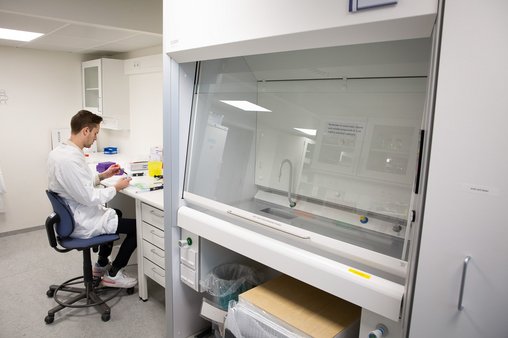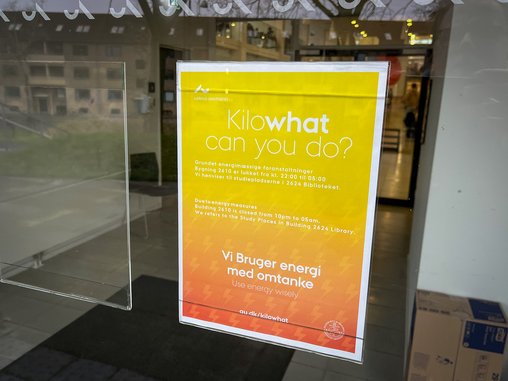A joint effort leads to impressive reductions: See examples
Thanks to the AU community’s joint efforts and the enthusiastic support of staff, AU achieved significant reductions in energy consumption in autumn 2022. They have all been carried forward in 2023 Learn more about what AU is doing to save energy here.
Joint effort has led to significant energy savings at Arts
Turn off the lights when there is enough daylight, save on hot water, and take the stairs instead of the elevator. These are among the practical advice that students and staff at Arts have embraced, and although they may seem like minor efforts, they have contributed significantly to reducing power consumption at Arts.
Last winter, Arts significantly reduced the faculty's electricity consumption by 30 percent. From a central level, the replacement of light sources with LED lights, improved lighting control, and smarter ventilation control were implemented. However, according to Arts building services, the power-saving habits adopted by students and staff at Arts in their daily lives have also played an important role in the substantial decline in power consumption.
Learn more about the efforts at Arts (In Danish only)
Turning up the heat - in freezers
Steps have been taken across the university to save energy by raising temperatures as well – for example at the Department of Molecular Biology and Genetics, which has adjusted the temperature in its 50 or so freezers to -80 to -70 degrees Celsius. As PhD student Christian E. Rusbjerg-Weberskov explained, this saves a lot of energy:
“Of course, it depends on how new the freezer is, but on average we’ve cut energy consumption by 30-40% by turning the temperature up to -70. Another thing we’ve done is cleaned out our freezers and packed them more tightly, which means we’ve been able to turn off eight of our ordinary freezers and 2 of our -140 degree freezers. All in all, the steps we’ve taken mean that we can save about 450,000 kroner annually.”
Reducing ASTRID’s working hours
The Department of Physics and Astronomy has cut ASTRID’ ASTRID has been working half-time since September; in 2023, the particle accelerator continues at 75% capacity. Centre Director Søren Pape Møller said that ASTRID is indispensable to research, and will need to return to full time at some point. He also explained that a variety of technical adjustments had already been developed to reduce ASTRID’s energy consumption before last years energy crisis, and that such energy optimisation has become even more relevant since.
Bringing good habits from home to work
All over the university, staff are going the extra mile to save electricity as they go about their work – making sure the dishwasher is filled up, using the electric kettle wisely and turning off lights when they’re not needed. Every little bit helps: Events and Communication Support are doing their bit by making sure they only run the dishwasher when it’s full.
Making HPC more energy-efficient
The university uses powerful HPC - High Performance Computing - processors for research purposes. And we’ve succeeded in reducing their power consumption by turning off the parts of our HPC facilities with the greatest potential for energy savings and the least inconvenience for research activities.
Systems administrator Niels Carl Hansen explained that thanks to the adjustments that have been made, it will be possible to reduce power consumption by about 482 MWh annually. “With a price of 3 kroner per kilowatt hour, this corresponds to savings of about 1.5 million kroner annually,” he said, and added that it will ultimately be necessary to have more equipment running at full power again in order to provide optimal support for research.
Turning off ventilation periodically
The ventilation systems in our buildings use a lot of power when they’re in operation. So in many buildings across AU, ventilation systems are now turned off periodically, typically at night and outside normal working hours.
At Arts, the ventilation systems are closed from 18:00 to 8:00 on weekdays, and staff are encouraged to put on an extra layer if they’re working during this period. The faculty’s building services staff also turn off the ventilation system in offices and classrooms that are either empty or not used very much. Even though the ventilation systems aren’t running 24-7, the indoor environment still lives up to the legal requirements for air quality.
Tweaking fume hoods
Fume hoods provide ventilation where staff work with chemicals and toxic substances. In the university’s laboratories at Nat, Tech and Health, fume hood power consumption has been successfully reduced without compromising on health and safety, for example by adjusting how sashes are opened. Here we see a Master’s degree student working next to a fume hood at the Department of Molecular Biology and Genetics.
Labs have introduced lots of other energy-conservation measures as well; a working group of lab technicians, maintenance staff and OSHA reps have developed a green guide to reducing carbon emissions in AU’s labs.
Shutting buildings at night
In many AU locations, buildings or floors of buildings are now shut at night to conserve energy, although evacuation and security lighting (which is energy-efficient) may be left on for safety reasons.
For example, at Aarhus BSS, the S Building on Fuglesangs Allé is shut between the hours of 22:00 and 05:00. As a result, the faculty cut consumption by 14,000 kWh in October 2022 alone over the same month in 2019.
